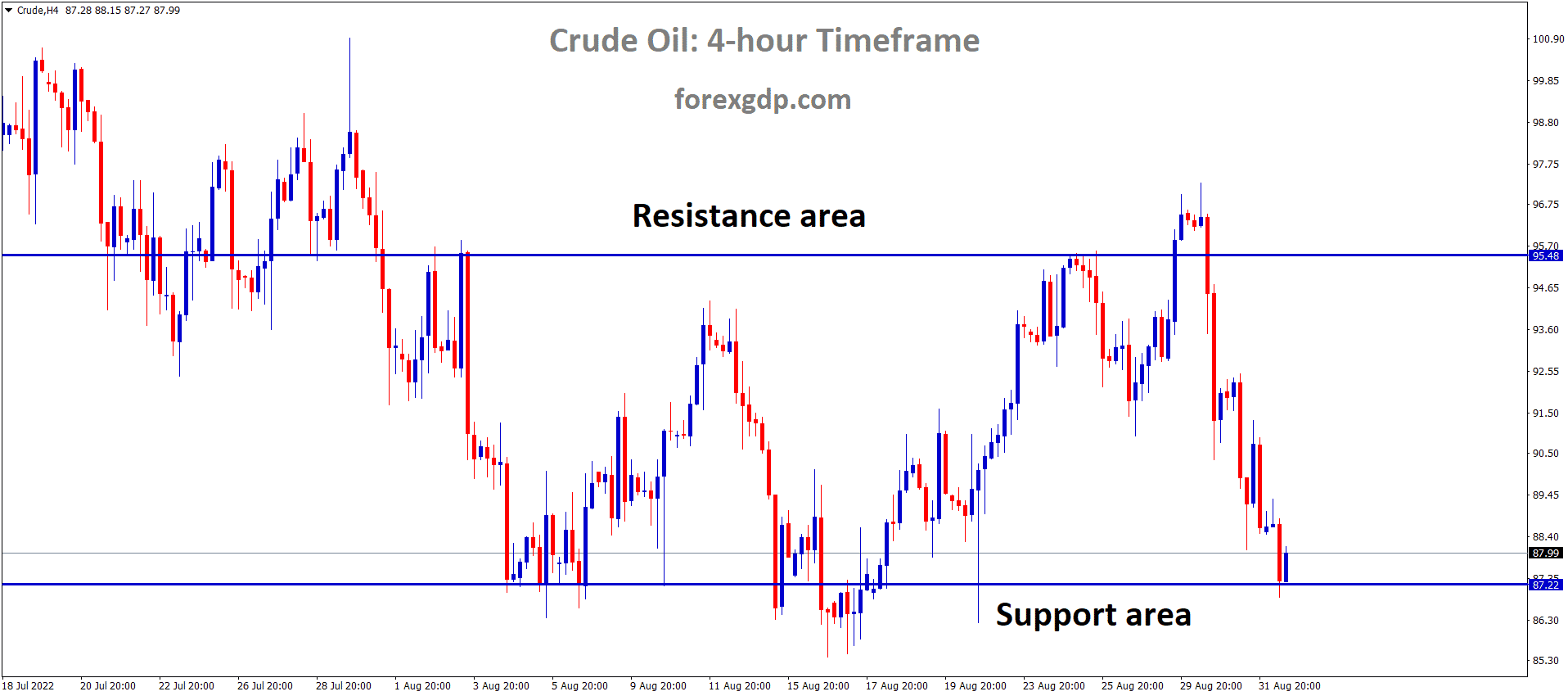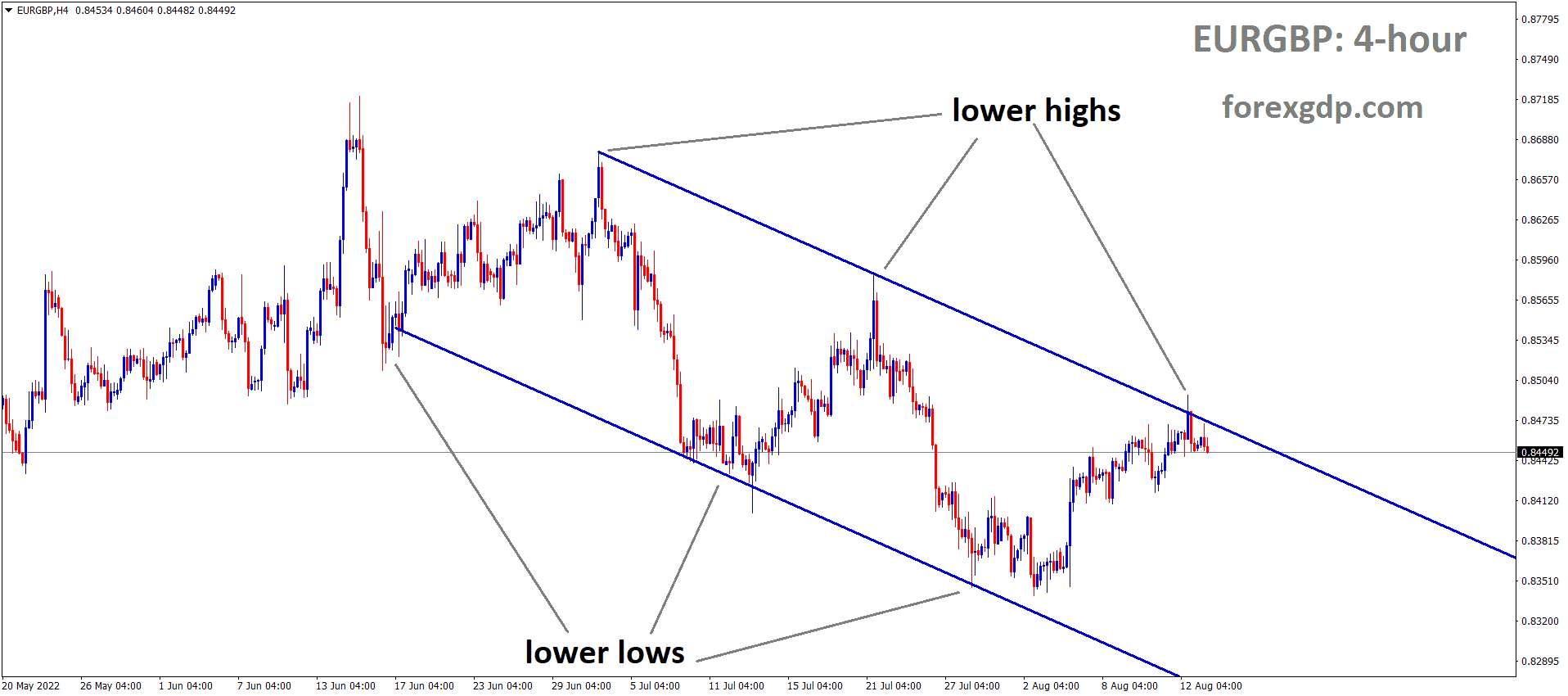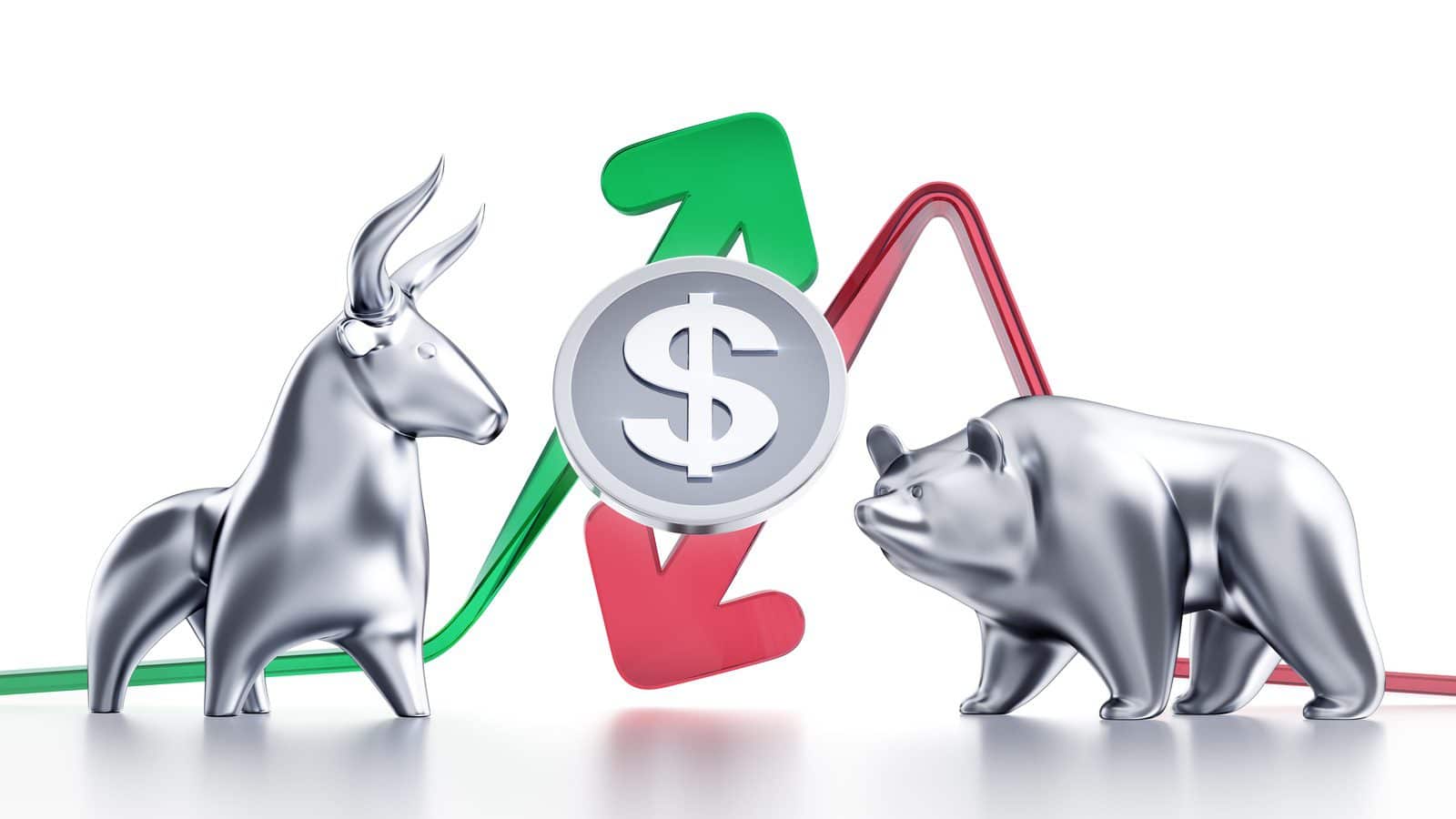In order to be successful in the forex industry, there are some forex terminology that you need to understand first. This guide should walk you through some of the most important terms and aspects in the forex space:
Forex Accounts Explained
Forex trading is one of the most popular forms of online trading with millions of investors around the world buying and selling FX daily. The market sees volumes of over $6.6 trillion every day and the Forex Market consequently has deep liquidity and significant volatility.
Traders and investors can trade FX in a number of ways, and one of the most popular is trading FX with a CFD account. With a CFD trading account you have great flexibility in that you are able to speculate on underlying market movement without actually owning currency yourself.
Most CFD accounts will also allow you to trade a wider variety of FX pairs, as well as offering access to other asset classes you may be interested in – like Stocks, Crypto and Indices.
A CFD Forex account allows traders to take both Buy and Sell positions on FX pairs, enabling them to potentially profit from both rising and falling markets. With a huge range of hundreds of markets to choose from, traders have plenty of choice too. CFD trading is always done in pairs, pitting the strength of one currency against another. Some of the most popular FX pairs include major global currencies like:
- EUR/USD (Euro/US Dollar)
- USD/JPY (US Dollar/Japanese Yen)
- GBP/USD (British Pound/US Dollar)
- USD/CHF (US Dollar/ Swiss franc)
- AUD/USD (Australian Dollar/US Dollar)
- USD/CAD (US Dollar/ Canadian Dollar)
- NZD/USD (New Zealand Dollar/US Dollar)
A CFD trading account will allow you to trade on all price movements in all of these major FX pairs. Like any trading or investment, CFD FX trading comes with risk, and you should understand how and why the market moves before investing.
Important Forex Terminology
Now that we know the ins and outs of a forex trading account, let’s understand two basic terms in the forex terminology handbook that is bound to help you in your trading account. They are as follows:
Ask in Forex Terminology
When trading FX online you will see two prices known as the Bid and Ask price (sometimes called the Buy and Sell price). Put simply the Ask (Buy) price is the minimum price that must be met to open a position.
The Ask price will always be the higher of the two prices so, for example, the GBP/EUR pair may be trading at 1.19/1.21, this means that 1.21 is the Buy price required to open a position. This is an important part of forex terminology.
Bid in Forex Terminology
We’ve seen how FX pairs have two prices. The second price is the Bid price. The Bid is the price at which a trader can sell the underlying asset, in this case an FX pair.
CFD Trading in Forex Terminology
A CFD or Contract for Difference is an agreement between two parties to pay the difference in price between a Bid and Ask position.
CFD Trading accounts allow traders and investors to speculate on underlying assets without having to own the actual instrument. With a CFD Trading account, you are able to speculate on rises and falls in price on markets like FX, Indices, Crypto, Shares and Commodities.
CFD Trading is particularly popular as a way to trade on the Forex market as it allows traders to take both long and short positions, trading on market volatility to take advantage of trading opportunities. Like any investment, CFD trading comes with risk and traders must have a deep understanding of the market before opening a CFD trading account.
CFD Trading is also leveraged trading which means that you get full exposure to the market but only need to deposit a relatively modest amount to begin trading. This initial investment is margin.
Margin in Forex Terminology
Margin is the amount of capital you need to open and maintain positions with your CFD trading account. When you trade FX with a CFD account, you are trading on leverage, enabling you to get full exposure to the market without the need for significant amounts of investment capital.
The margin required to open a position with a CFD account will only ever be a small fraction of your total market exposure. This enables you to open larger positions that you may otherwise be able to; but comes with risks too – both your profits and losses will be magnified.
When trading FX with a CFD account, it is important not to invest more than you can afford, and to understand how market movement can impact your position.
Spread in Forex Terminology
Understanding the spread when it comes to Forex trading is critical in being able to assess risk, determine the value of a position, decide when to enter or exit the market and understanding volatility.
But what exactly IS the spread in FX prices? As we’ve already covered, all FX pairs have two prices. The Bid and Ask (or Buy and Sell) price. You’ll notice there is a small difference in the prices quoted. The spread is simply the difference between the two prices and represents the cost of doing a trade.
But why is this important, and what does it have to do with value? For your trade to become profitable, the price you buy or sell at needs to move in the correct direction far enough that it has covered the difference in price – the spread – to become profitable. The tighter the spread between two prices, the less the market needs to move in order for your trade to earn value.
Understanding a Bear Market
Markets around the world operate on confidence, with volumes rising and falling as traders and investors become more or less confident in an asset’s ability to perform. Financial instruments and assets will always rise and fall when the market feels an asset has become either over or under-valued.
These changes in confidence drive volatility within a market and create both opportunity and rise for traders and investors. A “Bear Market” then is one that is in retreat, a market where confidence is falling away and where traders and investors feel that an asset or instrument has been overvalued and is now set for a price correction.
Bear markets are typified by dropping prices as more and more traders, and investors dump their assets or take Sell positions. Bear markets can last for short time frames of hours or days or continue over periods of months or even years before correcting.
When confronted with a Bearish market, traders will need to decide whether or not to hold their position. This is where a deep understanding of the market and a solid, responsible trading strategy are invaluable. Many responsible traders take a long view of market movement, ignoring short-term volatility in favor of more stable, long-term returns.
Understanding a Bull market
A Bull market is the polar opposite of a Bear market. It is when investor confidence in an asset or market is sky high. As confidence increases in a market, more and more investors and traders open Buy positions. This pushes up the price and by extension, raising confidence further.
Like Bearish markets, a Bull market offers traders both opportunity and risk; and this makes deciding when to enter a Bull market crucial. Traders ideally want to open a position at the start of a Bull run to maximize their returns as the market grows in confidence and prices rise.
Famous Bull markets include the Cryptocurrency run before its recent crash and the US Stock Market bull run, which started around 2009. What drives both of these markets are exponential investments as prices rose with the consequent knock-on effect of solidifying confidence.
No Bull market lasts forever, and FX traders should be wary of short-term trading on high volatility as this presents significant risk. Understanding the factors and correlated assets and events which can drive confidence in your chosen FX pair or market is crucial to building a long-term, successful FX trading plan.
How do lot sizes affect my trading?
When trading Forex you will inevitably come across the term “lots” or “lot size”. These terms have confused many new traders. The concept itself however is simple. A lot is the unit of measurement for trade size. It allows standardization across the market.
Because the differences in values are so small, FX trading happens in lots. This is to allow traders to trade extremely small price movements in large enough batches. This helps their position to be viable. The value of a lot is set by an exchange or market regulator. It is to standardize trading volumes across the entire market.
Understanding the Importance of a Pip
Similarly to a lot, a Pip is a measurement of value in Forex or FX trading. We’ve already seen how FX trading happens in pairs. We have also seen how traders can speculate on underlying price movements. This happens between these pairs by opening a Buy or Sell position.
And we’ve looked at how margin and leverage impact FX trading too. A pip then represents a single change in price, usually at the fourth decimal place in a quoted price. For every pip that the price moves, you will earn a percentage of your stake. But equally, for every pip the market moves against you, you will lose the same amount.
Final Verdict on Forex Terminology
Don’t let your lack of forex knowledge stop you from becoming a successful forex trader. Learn about the top forex mistakes in order to avoid them. Perform proper risk management and control your trading emotions. Enjoy stress-free trading with the help of the top forex signals in the industry.
Learn more about Eightcap’s FX trading platform on their website, with in-depth information about functionality, charting, pricing and market availability. There is also a comprehensive Education Hub. This has a wealth of information on FX trading and wider CFD trading strategies and approaches. Subscribe to Eightcap’s Week Ahead Newsletter for the latest FX news, trading opportunities and analysis from FX experts.








